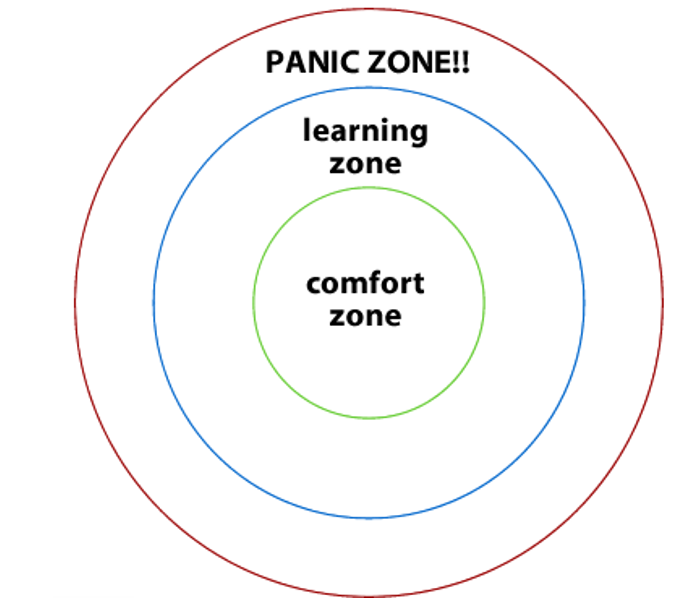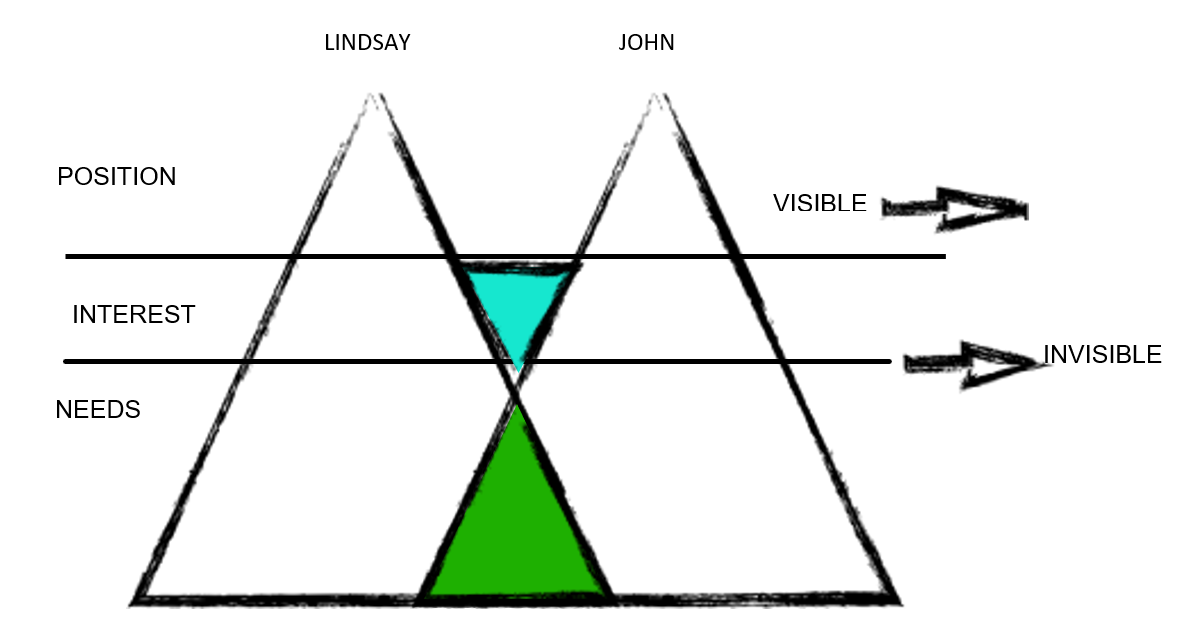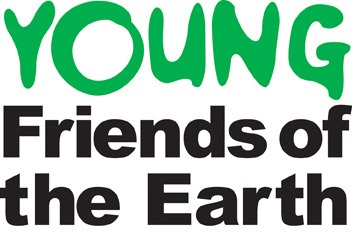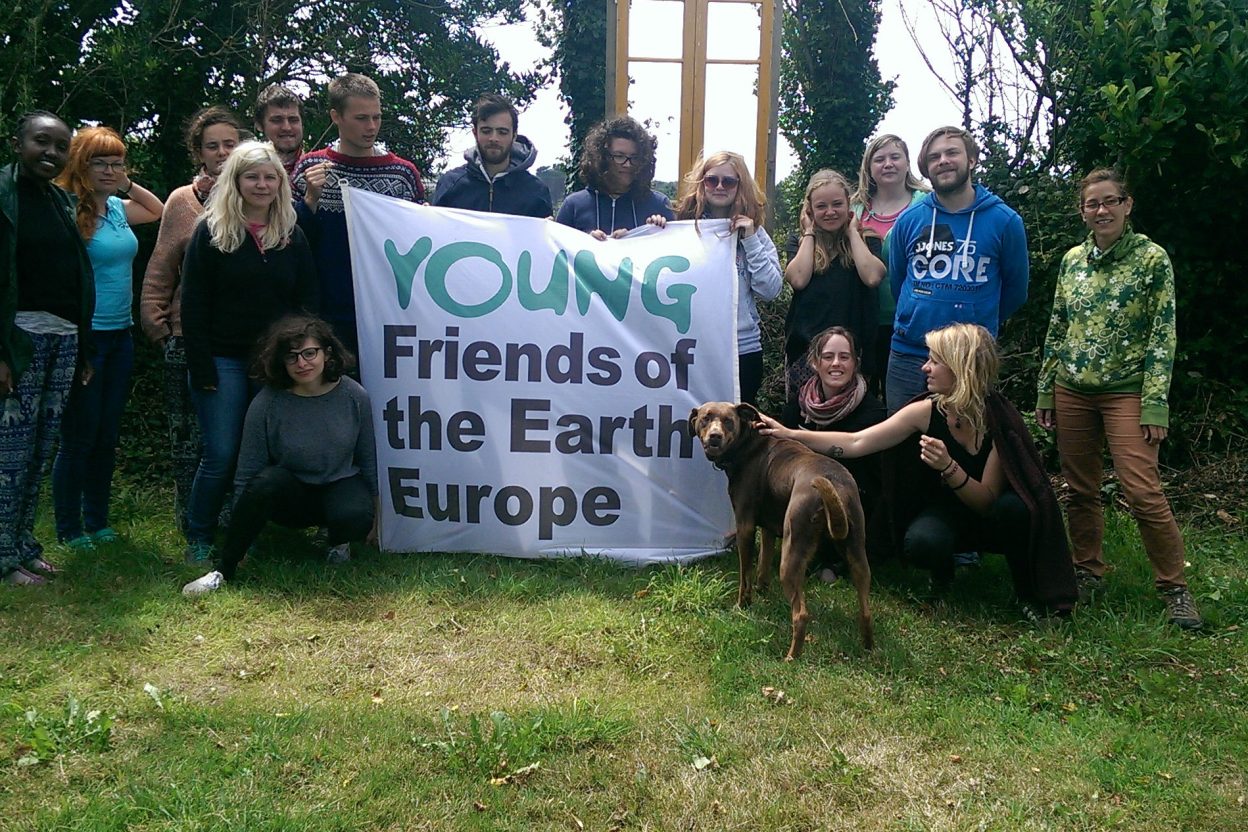Conversations in activist groups can often be tough – small disagreements can bubble up into conflicts, and derail what you’re trying to achieve. How do you stop this happening?
During a recent workshop, YFoEE activists learned how to use nonviolent communication to mediate conflicts in groups.
Nonviolent communication is based on empathy and on listening and understanding other’s arguments and points of view. This toolkit below explains how to use it for in your groups via tools and exercises.
***
Non-Violent Communications Workshop

Exercise #1:Step with me
The goal of this exercise is to show how much diversity is in the room.
- Everybody stands in a circle.
- Voluntarily one participant says something related to their identity/experience or something they felt during that day, starting with “step with me if…”. For example: “step with me if you’re strongly emotional today”. People who feel the same, step to the middle to the circle. People can opt-out to stay if they don’t want to step in to the circle.
Exercise #2: Conflict iceberg
This perspective shows that we tend to see people’s initial positions during a conflict but we miss other parts which usually aren’t visible.
Conflicts are based on: (1) positions (2) interests (3) needs
1. POSITION: Your initial response or solution to the situation
Ex: Lindsay says “John should talk less in the meeting” and John says “this group would not exist if it wasn’t for me”
2. INTEREST: What is important to you in this situation? Your fears and concerns
Ex: Lindsay thinks “I want more spaces to share ideas” or “I’m concerned people leave the group if there is so little room for other ideas” and John says “I want this campaign to win” or “I’m concerned people will leave the group if it hasn’t got clear direction” BUT in common they both think: “I want this group to thrive”.
3. NEEDS: That are not being met in this situation
Ex: Lindsay says “I need equality” and John tells “I need to be effective” BUT in common they share “I need to be valued”
The parts hidden in a conflict show us the visible position is composed of interests and needs, and some of them can be shared and they can be interconnected.

Some tools to resolve conflicts or not to escalate
- Setting: (a) meeting space = let people decide where they want to meet; (b) facilitation = get some neutral person to guide the discussion; (c) position (same number people discussing and at the same level); (d) take into account the background of the community; (e) external stress factors = look for the comfortable settings for each part, to not escalate
- Language: (a) no blaming; (b) remove actions from people; (c) accepting responsibilities; (d) academic Jargon = don’t use academic and complex concept to show you know more than the others; (e) use “I” statement = allow to talk from our feelings, ideas, concern… and avoid to accuse the other persons personality only: Say ‘I’m feeling fear because of this particular action you have done’ NOT ‘I’m scared, because you are a bad person’
- Active listening: (a) to not lead the discussion; (b) open ended questions = don’t ask for yes/no questions
- Stay calm: give you time to relax and get back to discussion when you can
- Finding things in common: when you need to get people sit down and willing to talk with you, use things in common.
- Don’t presume!!!! We don’t know people, their experiences and current situation, avoid prejudices and be open.
- Body language: (a) cultural differences = research different signs, expressions, etc. of the other; (b) use open body language
Exercise #3: Feelings and needs
The goals is to understand different feelings and match them with their needs, as well as to understand the difference between fulfilled feelings and unfulfilled feelings. It should lead to a better understanding of general ideas about basic needs related to autonomy, physical nurturance, integrity, play, interdependence, spiritual communion, and celebration.
- Each participant thinks about one situation they experienced and thinks about three feelings caused by that situation.
- Later, in pairs we share these feelings. One of the pair must guess which needs there are behind —> swap the roles.
- The results make us realise that feelings are interconnected with needs
When doing the workshop, participants concluded that people never say the reasons which cause the feelings. People also reject needs or simply don’t know which personal needs they have behind their feelings.
Exercise #4: Active listening
- In pairs, one person tells a story to the other.
- During the story, the person who is listening must raise their hand each time they want to react to the story. They aren’t allowed to smile, nod, speak or so anything apart from raise their hand.
- Once the story is finished, the pair swaps roles.
- After, participants share the experience with the wider group.
A participant from this workshop said: “It was difficult because we were listening to exciting stories and we kept in mind the feelings we had around them, while still listening without interrupting. It is of course important to react to people’s stories in the usual settings (when you have conversations with your friends, etc.), however when there is a conflict it is important for people to be given time and space to explain their perspective properly and not un-consciously lead the discussion by reacting. When people are given proper space, many things can be said, that usually are left unsaid during the conflicts.”
***


